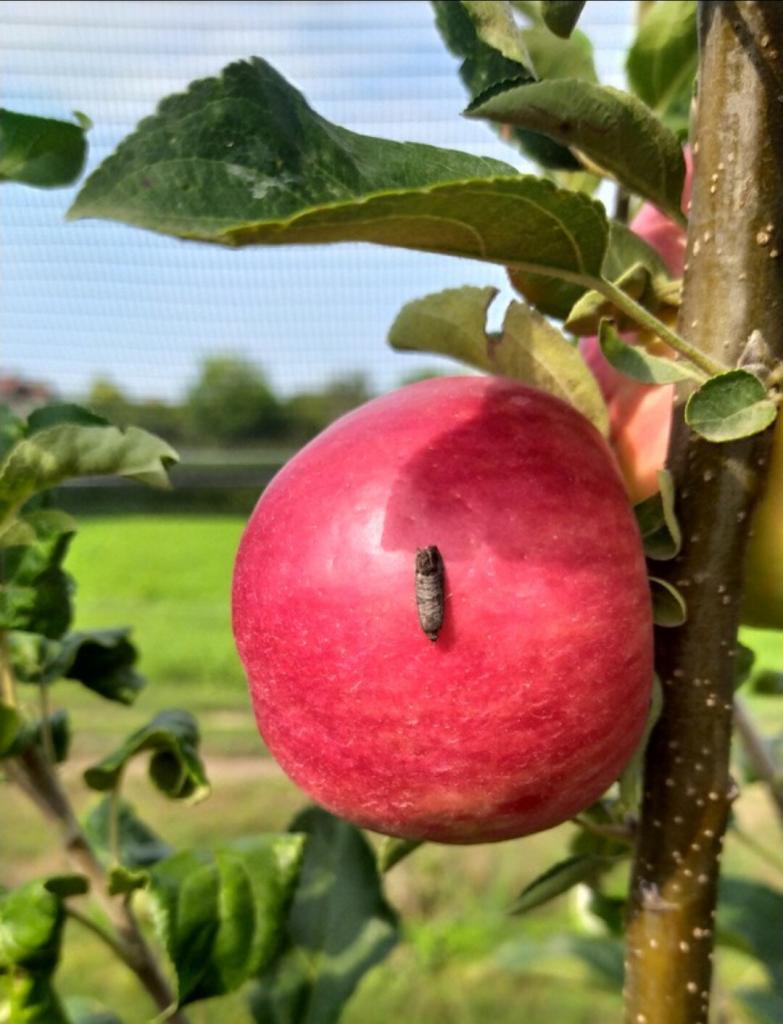Integrated pest management in apple orchards in early spring
Pests are one of the biggest threats to apple orchards because they can cause a lot of damage in a short period of time. As such, it is important that farmers keep an eye out for any pests so they can take preventative measures before it becomes too late. In order to maintain the health of an orchard, it is necessary to have a pest management plan in place. A good plan in apple orchards will include integrated pest management (IPM) practices, which include monitoring pests, taking preventative measures, and early detection.
Growers should monitor pests such as apple maggot flies, pear psylla, and codling moth. These insects can be monitored by looking for their larva in the soil around the trees or by looking for their damage to the trees themselves. Monitor these insects every week throughout the growing season to determine which pest has the most negative impact on your orchard.
Two important fungal diseases that should be considered are powdery mildew and apple scab.
Powdery mildew
Remove as much of the infested branches before the orchard is waking up. Start monitoring before bloom. The first treatment can be combined with spraying against apple scab. Applications should be repeated every 7-14 days until the end of the growth.

Apple scab
The disease is caused by the fungus Venturia inaequalis. When bloom starts, inspect the leaves and fruits and look for dark powder stains. Combine systematic fungicides such as Difenoconazole with contact fungicides such as mancozeb. Make sure that the spraying is applied especially before rains. Contact fungicides can be applied right after the end of the rains.
To protect the crop from damages caused by pest insects pay attention to the following insects: Codlig moth (Cydia pomonella), San Jose scale, Leopard moth (Zeuzera pyrina), Almond bark beetle (Scolytus amygdali), Olive scale (Parlatoria oleae), and European red mite (Panonychus ulmi).

Codling moth
Codling moth larvae are one of the most destructive pests. Although it can attack various fruits, it mainly damages apples. This is the main pest of apples and needs to be managed in each orchard. Orchards should be scouted twice a week early in the season and once a week later on.
Use pheromone traps to attract male moths. Traps are made of plastic to create a passage and the bait is placed inside. The inner surface of the bottom is coated with a sticky material to hold insects when they fall into the trap. The traps are hung in on the tree at eye level, one for every two acres of trees. It should be installed before the pink stage of apple bud development and checked every day. A total of five moths captured in the trap is the threshold to set the biofix, this is the day in which growing degree days should start counted. Use the Agrio app to time the insecticide applications accurately.

San Jose scale
Install pheromone traps and sticky tapes before blooming begins. The pheromone traps should be located in the canopy, protected from the wind. Lures should be replaced monthly. Monitor these traps regularly looking for adult males. Once males are captured set the biofix date to start tracking the crawlers emergence. Apply treatment aimed at crawlers. Make sure that the spraying covers the entire tree. Reinstalll the traps to track the emergence of following generations.
Olive scale
Start monitoring after the oil spraying is done. Monitor trees that were infested in the previous season. Apply Neonicotinoid-based insecticides when 70% percent of the eggs were already laid. It is important to remember that repetitive usage of the same insecticides can cause resistance development among the pests and therefore under-optimal results.
Leopard moth
The larvae burrow in the wood skeleton and cause degeneration and destruction of the wood. Identify active burrows and pull the larvae out with a thin steel wire. The sawdust should be scattered under the tree to allow identification in the case of renewed activity. Traps can be used to capture the female moth. Traps with pheromone should be hanged near wooded areas. Install sexual disruption as it is very effective against this moth.
Almond bark beetle
Weak and degenerate trees, twigs that have dried up as well as trees that have withstood water should be inspected during the scouting. The beetle, in its various degrees, will be found in the woody parts that were recently dried. Look for rubber secretions as evidence of the presence of the pest. To make monitoring more robust, use pheromone traps to capture the adults. Remove and destroy all the infected wood in order to limit the spread.
Summary
Integrated pest management in apple orchards is a way of managing pests and diseases. It involves the use of early detection, preventative measures, and treatment methods to reduce the risk of pests and diseases. Integrated pest management in apple orchards is a cost-effective and sustainable pest control strategy that involves monitoring for pests, using pesticides only when necessary, and using natural predators to control the population of pests.
